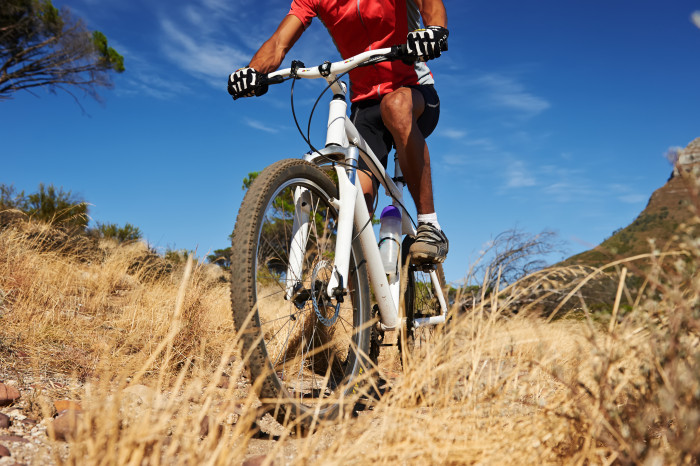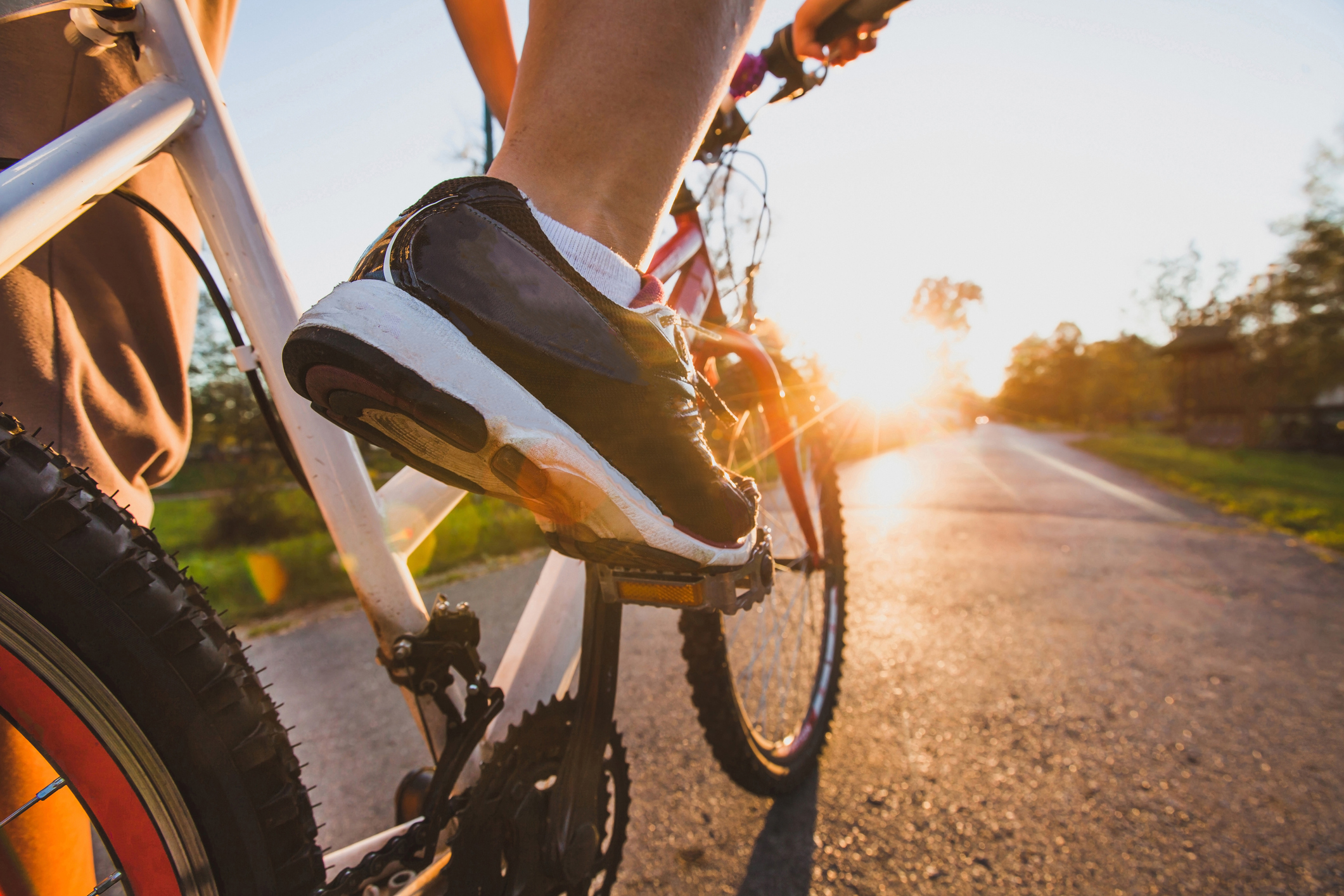
What Happens If Your Bike Gets Damaged Mid-Ride?
A guide to fixing it fast, staying safe, and knowing when to call it!
Even with the best maintenance, things go wrong. A snapped chain, a bent derailleur, a rogue pothole — damage mid-ride can happen to anyone, from first-timers to seasoned cyclists. The important bit is what you do next.
Here’s how to deal with bike damage on the road or trail — from on-the-spot fixes to deciding when it’s time to call it a day.
1. First Things First: Check Yourself
Before you touch the bike, make sure you’re OK. If you’ve come off the bike or been in any kind of collision, check for injuries — especially to your head, hands, and knees. If you’re riding with others, give them the once-over too.
If you're on a road or trail, move yourself and the bike off to a safe spot before doing any inspection.
2. Assess the Damage — Is It Safe to Keep Riding?
Once you’ve taken a breath, it’s time to check the bike. Look out for:
- Wheels: Are they true (not wobbling) and spinning freely?
- Brakes: Are the pads and levers intact? Any rubbing or dragging?
- Drivetrain: Check the chain, derailleur and cassette. Has anything bent or snapped?
- Frame: Look for cracks, dents, or deep scratches — particularly around welds or joints.
If anything looks or feels off, don’t risk it. Some damage might seem rideable, but could worsen quickly — especially if it affects braking or stability.
3. Trails-Side Fixes That Might Save the Ride
Not every issue means the day’s over. If you’ve packed the right kit, you might be able to patch things up enough to finish the ride or get home safely.
Common mid-ride fixes:
- Puncture: Use tyre levers, a spare tube or patch kit, and pump or CO₂ inflator.
- Dropped chain: Shift to the smallest chainring, manually realign and pedal gently to reset.
- Loose bolts: A multi-tool can tighten stems, saddles, bottle cages and more.
- Bent derailleur hanger: If it’s minor, a careful realignment may be enough to restore shifting (some carry a hanger alignment tool or spare hanger).
- Rubbing brakes: Often a wheel hasn’t seated correctly — try releasing and re-clamping the quick-release or thru-axle.
Don’t force it. If the fix doesn’t hold or the bike still feels unstable, move to Plan B.
4. When It’s Time to Call It
Some issues just aren’t safe — or smart — to ride on:
- Cracked frame
- Major wheel damage (buckled or split rim)
- Brake failure
- Gear system totally out of line
- Any crash that’s left you feeling a little dizzy and disoriented or with pain
In these cases, you have a few options:
- Walk to a main road or pickup point
- Call a friend or taxi (many now accept bikes)
- Use your location app – what3words or OS Locate can help pinpoint where you are if you’re off-grid
- Bike recovery services – some cyclists subscribe to breakdown-style cover, but not everyone has this in place
Top tip: it’s worth saving key numbers in your phone and carrying a printed copy too — just in case your phone battery isn’t playing ball … now that would be the perfect storm!
5. After the Ride: Document, Repair, and Check What’s Covered
Once you’re home (or back at the bike shop), take a few key steps:
- Photograph the damage – especially if it happened in a collision or crash
- Keep any receipts for emergency repairs or spares
- Check your gear – did anything else take a hit? Lights, GPS units and helmets often get overlooked
- Review your cover – many cycle insurance policies, ours being one, include accidental damage while riding, including for accessories. It’s worth checking your documents or asking your provider what’s included, especially before replacing anything out-of-pocket.
Final Thoughts
Bike damage mid-ride is annoying but be realistic about what you can fix, be smart about safety, and make sure your backup plan isn’t just “hope it holds.” Because while some damage is a quick patch-up … other times, walking it is the safest move.
